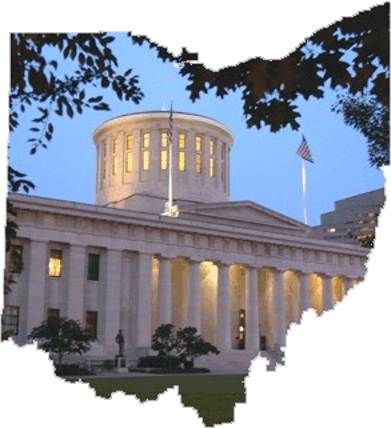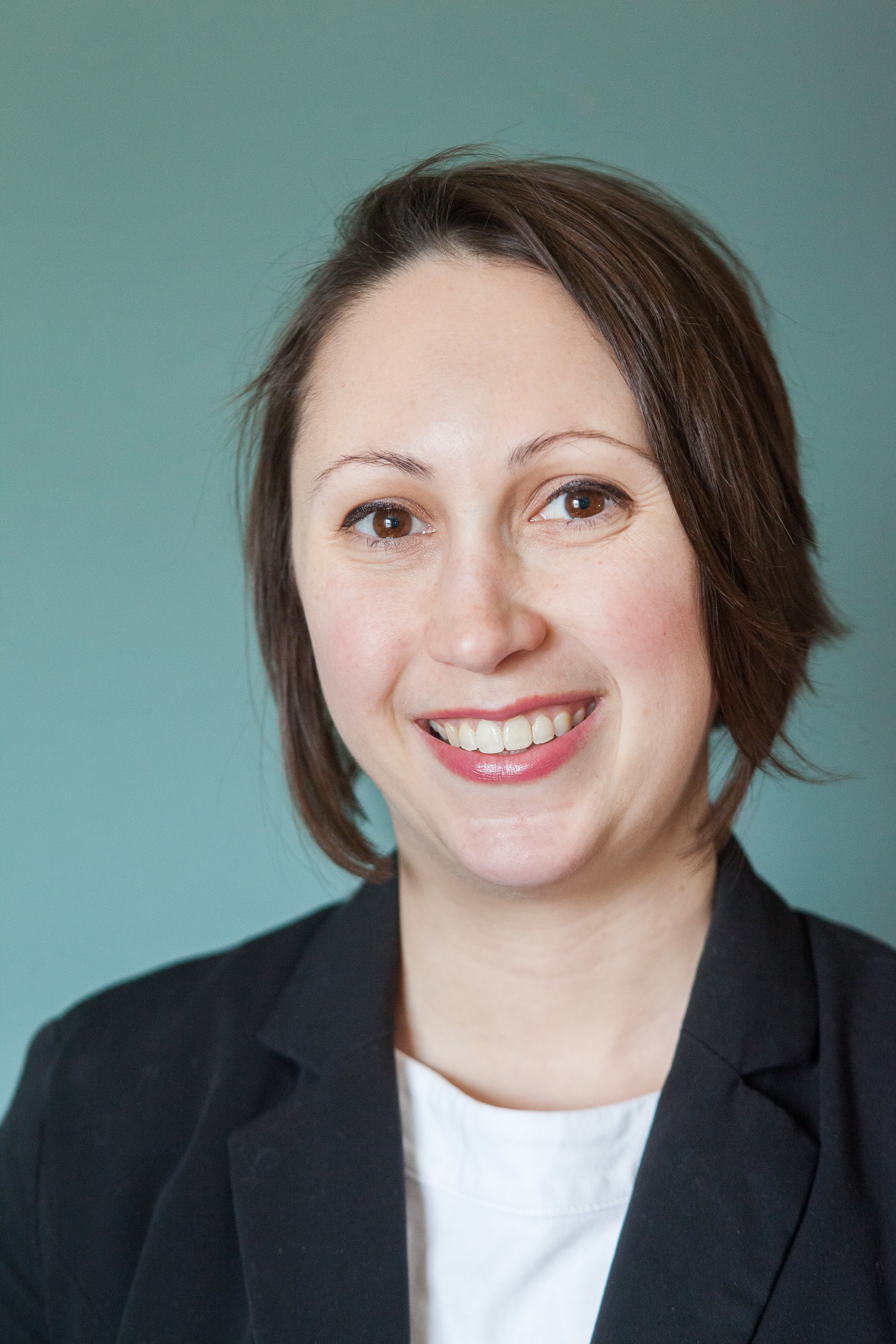
The budget has been signed and the vetoes are in. Although OSPA was unsuccessful in increasing funding to the school psychology intern program, I want to thank everyone who submitted testimony and spoke to lawmakers on this topic. We will continue to push awareness of this issue and hope for a better outcome two years from now.
It is worth noting that this is the first budget in a couple decades to pass with no votes coming from the minority side of the aisle. Additionally, Gov. Mike DeWine vetoed more items than in any prior budget he signed into law.
Below are highlights of what is in the budget and what lawmakers put in but the governor took out. Unless there is funding associated with a provision, it will become effective after 90 days. Appropriations go into effect July 1.
Final Language
Included in the budget are provisions to:
- Remove the exemption for districts to administer diagnostic assessments in reading for students with a significant cognitive disability and the ability to administer an alternative assessment.
- Require DEW to adopt a diagnostic assessment for reading only, and require DEW to approve a list of up to five diagnostic assessments for each of grades K-3 for both reading and math. A K-3 ELA diagnostic assessments would be required by Sept. 30 each year.
- Apply a school funding formula as proposed by the Senate. This version resembles more closely the Cupp-Patterson model, but the final budget does not update formula cost inputs as requested by interested parties. A Senate proposal for performance-based funding was moved outside the formula.
- Transition the 19-member State Board of Education to an all-appointed body with five members respectively representing urban, suburban and rural school districts, charter schools and chartered private schools.
- Prohibit boards of education from spending more than 15% of their operating budget on administrative salaries and benefits and other costs associated with the district's administrative offices.
- Change a previously adopted provision allowing students who have been bullied to participate in sports in another district while still attending the school of residence to only apply to home schooled students.
- Require districts to allow students at least one period per week for Religious Release Time. Limits elementary and middle school students to no more than two periods per week and high school students to no more than two units of credit per week.
- Expand Autism and Special Needs scholarship eligibility to age 22 and makes this effective immediately (instead of after 90 days) to ensure no student has a lapse in services this year.
- Add SB 158 to require districts to adopt a cell phone policy prohibiting student cell phone use during the instructional day.
- Phase down the state income tax to a flat rate of 2.75% over two years. For tax year 2025, reduces the top bracket rate (income over $100,000) from 3.5% to 3.125%, while retaining the 2.75% rate for income between $26,050 and $100,000. For tax year 2026, further reduce the top bracket rate so that a flat 2.75% rate applies to all income over $26,050.
Not included but at one time considered was language to:
- Add SB 19, creating a requirement for math intervention plans, aka math RIMPs.
- Add SB 7, requiring substance abuse education.
Governor’s Vetoes
The governor eliminated language that would have:
- Returned property tax dollars to taxpayers if a school district held more than a 40% carryover balance.
- Required compliance with SB 1 if state universities wanted to receive their part of $75 million in state share of instruction funding.
- Clawed back funding to homeless shelters that affirm the gender of a transgender minor.
- Allowed for parents who send children to non-chartered, non-public schools to receive state funds in a “savings account.”
- Made school board positions partisan seats.
- Made changes to the 20-mill floor so that emergency and substitute tax levies, incremental growth levies, conversion levies, and the property tax portion of combined income tax and property tax levies be included in the 20-mill floor calculation.
- Eliminated the option for schools and other political subdivisions to seek replacement, emergency or substitute levies or combined income and property tax levies. DeWine noted he intends to form a workgroup on property tax reform.
- Required libraries to place materials with LGBTQ subject matter in an area of the building that minors could not easily access.

The House on April 9 passed the state operating budget, HB 96. The bill did not include an increase to the school psychology intern funding, for which OSPA has been advocating. Executive Director Rachel Chilton was among OSPA members who testified seeking an increase to this fund. What follows are notable education provisions in the bill. The measure next goes to the Senate.
House Republicans modified the state foundation funding formula so no district receives less in state aid than its FY25 amount; however, Democrats and districts say it does not get close to funding what it costs to educate children. Many had called for changes to reflect inflation for the Cupp-Patterson formula, but the new version — in the view of some — abandons that formula.
Also drawing ire is language to require property tax revenue be returned to taxpayers if a district has more than a 30% carryover balance. Opponents say this penalizes fiscally prudent districts and will result in frequent returns to the ballot. Republicans called this an effort at property tax relief.
HB 96 would establish a Non-Chartered Educational Savings Account Program for eligible students beginning in the 2026-27 school year with a maximum award of 75% of the EdChoice Scholarship.
New budget language would require school districts to permit students to attend a released time course in religious instruction (RTRI) for at least one period a week, but for elementary grades no more than two periods per week. Previous legislation required schools to create a policy allowing for RTRI, so this takes it a step further.
A new proposal would require DEW to maintain a universal list of approved evidence-based training programs for instruction on mental health promotion, suicide prevention, and health and wellness outcomes and includes on that list any program using the Success Sequence curriculum provided by Ohio Adolescent Health Centers. The OAHC is a consortium of nonprofits focused on abstinence-based sex ed, dubbed “Sexual Risk Avoidance”. Additionally, new language would allow districts to use funds from the Student Support and Academic Enrichment program for, among other things, "healthy students through the use of the Success Sequence".
Also of concern is removal of the requirement to issue the Kindergarten Readiness Assessment.
After the last biennial budget wiped out most responsibilities of the State Board of Education, the latest proposal would eliminate all elected roles, reducing it from eight members appointed by the governor and 11 elected to a total of five members appointed by the governor.
Public libraries rallied to fight a proposal to eliminate the Public Library Fund and instead create a line-item appropriation. Currently, libraries receieve 1.7% of tax revenue. Republicans said their change was an increase to libraries, when in fact it was a $100 million cut. After public outcry, the House pivoted and maintained the fund but changed its cash flow to a flat amount rather than one based on tax revenue. The result is a drop of $41.7 million and $49.1 million in each year of the biennium, respectiely, compared to the governor's version.
Also on the public library side, they would be required to place material related to sexual orientation or gender identity or expression in a portion of the library "not primarily open to the view of minors."
The House Finance Committee on Tuesday, April 1, adopted its first bundle of changes to the state operating budget, HB 96. This substitute bill did not include an increase to the school psychology intern line item, which OSPA has been advocating for. Below is a summary of pertinent education changes in the bill. The committee will meet on Tuesday, April 8 and adopt additional amendments. It will again meet April 9 with the intention of the bill going to the floor later that day.
OSPA Executive Director Rachel Chilton testified April 2 along with University of Dayton students Lauren Davis and Courtney Bockbrader, asking for the increase to intern funding.
- Modifies the state foundation funding formula so no district receives less in state aid than its FY25 amount; provides additional aid to districts based on a calculation of their proposed FY26 and FY27 aid amounts, plus a per-pupil supplement for all schools and an additional per pupil supplement for districts with growing enrollment. Additional school funding formula amounts are FY26: +$81 million; FY27: +$145 million. Republicans say Cupp-Patterson is still the base formula but are dealing with property tax increases, while critics see it as an abandonment of that formula.
- Establishes the Non-Chartered Educational Savings Account Program to provide eligible students with an educational savings account beginning in the 2026-2027 school year with a maximum award of 75% of the EdChoice Scholarship.
- Requires a school district to permit students to attend a released time course in religious instruction for at least one hour a week, but no more than two hours per week. Previous legislation required schools to create a policy allowing for religious release time, so this takes it a step further.
- Requires DEW to maintain a universal list of approved evidence-based training programs for instruction on mental health promotion, suicide prevention, and health and wellness outcomes and qualifies a program using the Success Sequence curriculum provided by Ohio Adolescent Health Centers as an approved evidence-based training program for instruction on mental health promotion, suicide prevention, and health and wellness outcomes. The Ohio Adolescent Health Center is a consortium of nonprofits and focuses on abstinence-based sexual education, dubbed “Sexual Risk Avoidance”. Additionally, new language allows districts to use funds from the Student Support and Academic Enrichment program for numeracy, literacy, a safe and drug-free learning environment, and healthy students through the use of the "Success Sequence".
- Removes a requirement that districts utilize state-developed assessments in reading and math for grades K-3; removes the requirement that districts implement the Kindergarten Readiness Assessment.
- Removes governor’s provision that would require schools participating in the federal school breakfast or lunch program to provide free lunch or breakfast for all CEP-eligible students.
- Eliminate all elected roles on the State Board of Education, from eight members appointed by the Governor and 11 elected members to a total of only five members appointed by the Governor.
- Requires a public library to place material related to sexual orientation or gender identity or expression in a portion of the library that is not primarily open to the view of minors. The House also says it has changed the way it’s funding public libraries by eliminating the Public Library Fund (which historically has received budget funds) and instead creates a line-item appropriation. Republicans say they are increasing funding to libraries and even the nonpartisan comparison document makes it look like a 22% increase each year, but libraries say this is a $100 million cut to their funding.

The House Education Committee heard public testimony this week on the education portions of the state budget, House Bill 96.
DEW Director Steve Dackin testified before the House Education Committee Feb. 25 on the governor’s budget proposal. Confirmed for Democrats that the continued phase in of the funding formula does indeed result in cuts of $103 million to traditional districts while charters and private schools see increases. DEW director Aaron Raush said the governor's budget assumes static enrollment in 2026-2027. Growth in the cost of the EdChoice scholarship is the result of DEW projections of a 2% to 7.5% increase in expenses in FY 2026 and a 2% to 6% increase in FY 2027. There is more money going to Community Schools, Ed choice scholarships, and career centers because of that where students are moving to. That combined with “modest adjustment” to the guarantee measure is why traditional districts are generally held at flat funding in the proposal The cost of the guarantee will only grow. $349 million this year then $450 million in FY26 and then $607 million in FY27, Mr. Rausch said.
About 340 districts would get less money in FY27 than FY25. In 80% of those districts, enrollment has declined, said Mr. Raush. About 45 of the 340 districts have seen enrollment increases since 2020 yet are poised to get less funding. Thirty four of those 45 districts are on the guarantee. If a district would receive less despite increasing enrollment, it could be because of being on the guarantee in the past, he said.
Rep. Gayle Manning asked about the state funding per pupil. Mr. Rausch said the partnership of state funding is between the state and local districts, which considers local sources of revenue. In January, the average per pupil funding was $5900 in traditional schools. Charter schools received $11,000 because they don't have access to local taxes so they are fully funded by the state.
Lawmakers on the committee repeatedly asked witnesses if there were requirements of teachers that could be eliminated in order to reduce burdens and expenses on them. They asked that recommendations be submitted by the end of the week for incorporation into the budget.
The committee then heard from several witnesses representing school districts, teachers unions, and other statewide organizations seeking a continuation of the existing funding formula but with updates to 2024 cost inputs. Districts have seen expenses drastically increase in recent years and the formula does not reflect that. Witnesses also asked for additional support for student transportation given the ongoing demands of transporting students to charter and non-public schools and challenges with maintaining their transportation workforce. Director Dackin said in his testimony that the budget recommendation from the governor would increase the state share for transportation each year.

Gov. Mike DeWine in February issued his final two-year budget proposal for the state. Although it will see many changes between now and June 30 as lawmakers put their stamp on it, below are some details specific to school psychology.
Flat funding for the school psychology intern program at $3 million per year. This is OSPA's priority for this budget. We will seek an increase to around $4.3 million per year to bring the salary for interns up to $35,000 from the roughly $30,000 now provided. This salary would match the teacher minimum schedule. If you would like to engage with lawmakers on this topic, please reach out to Rachel Chilton at rachel@ospaonline.org.
DEW would be required to maintain an introductory course on the science of reading for licensed educators, as well as develop a competency-based training course to update and reinforce educators’ knowledge and skills in the science of reading... School psychologists and speech-language pathologists must also complete the introductory course by the end of FY 2027, and the competency-based course every five years thereafter. Certain exceptions apply if teachers or administrators have completed other similar trainings or coursework.

